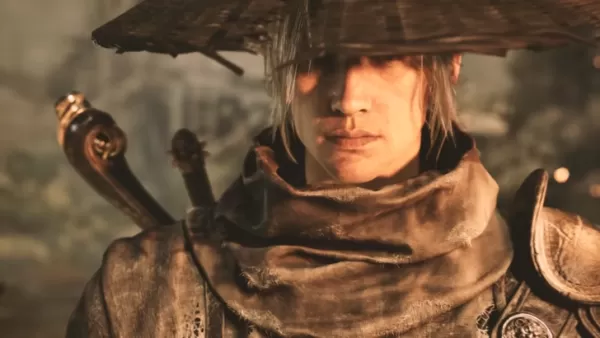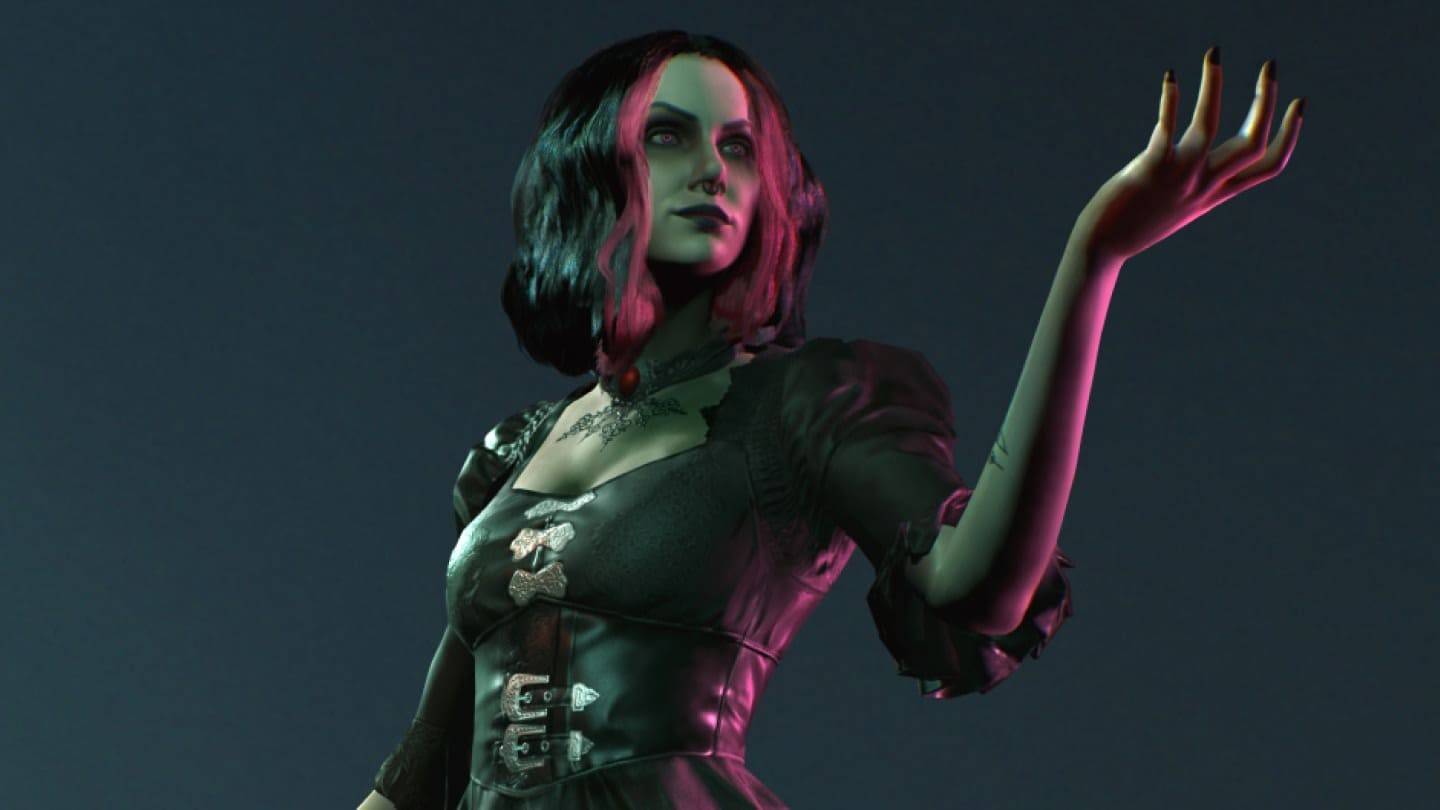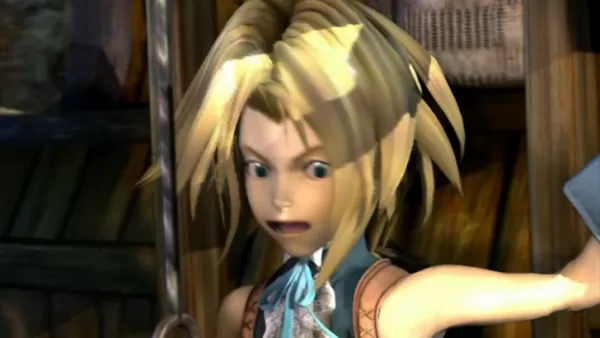"Switch 2: A Major Leap in Accessibility for Nintendo"
- By Liam
- May 13,2025
After months of intense speculation, rumors, and leaks, Nintendo finally unveiled the Switch 2 through its own Direct. Not only did we receive trailers for exciting new games like Mario Kart World, Donkey Kong Bonanza, and even Nintendo GameCube games exclusive to Switch 2 Online, but we also got an in-depth look at the system itself. From an accessibility perspective, I'm thrilled to report that the Switch 2 represents a significant upgrade over its predecessor in nearly every way.
Several months ago, I explored my accessibility predictions for Nintendo's latest console. I hoped for more robust accessibility offerings, enhanced Joy-Con functionality, and unique inclusive design practices. To my delight, Nintendo not only met these expectations but exceeded them with additional features. In this Access Designed feature, let's dive into the confirmed accessibility enhancements of the Switch 2.
New Accessibility Settings
The Direct itself didn't showcase many tangible accessibility options, except for fully customizable controls for each virtual GameCube game, tailored to the system settings. However, Nintendo released a dedicated accessibility page detailing both returning and new features.
Fully customizable controls make a return, functioning just as they did on the original Switch. Settings to adjust text size to three different variants are back, now with the added ability to implement High Contrast and change general display colors. The Zoom functionality, essential for blind and low vision players, also makes a comeback. But the real surprise is the introduction of a "Screen Reader" setting.
Blind and low vision individuals often rely on Text-to-Speech to navigate menus and settings. Although the Screen Reader is limited to the HOME menu and system settings, it's a crucial tool that enables disabled players to navigate the Switch 2 independently. Users can select different voices, adjust reading speeds, and control volume levels. While it remains unclear if individual games will support these tools or offer their own accessibility options, Nintendo's acknowledgment of its disabled audience is a promising sign for the future of accessibility within the company.
Innovative Design
Outside of specific menus, Nintendo introduced an inclusive tool that not only enriches a beloved franchise but also significantly improves cognitive, physical, and blind/low vision accessibility. Within the revamped Nintendo Switch App is Zelda Notes, a companion app for Breath of the Wild and Tears of the Kingdom. The Navigation feature allows players to locate shops, points of interest, and elusive Koroks using a GPS-like UI. The app provides audio cues and voice guidance to direct players to their selected destinations. While it doesn't assist with precise navigation or enemy encounters, it helps blind and low vision players navigate the expansive world and reduces cognitive overload.
For cognitive, blind/low vision, and physically disabled players, another feature in the app—the Autobuild Sharing tool—allows users to share custom Zonai tech creations. By scanning a QR code, disabled players can automatically build a Zonai machine if they have the required materials. This feature was particularly helpful for me, as I struggled with the control layout and button requirements for building Zonai machinery in Tears of the Kingdom. Now, I only need to focus on gathering materials, not the building process itself. This exemplifies Nintendo's commitment to inclusive design, which I've consistently praised in the past.
Additionally, disabled players can share items with each other through the Item Sharing feature, similar to Autobuild Sharing. By scanning a QR code, I can instantly access items sent by friends, reducing physical strain by eliminating the need to search the world for weapons and food. While this doesn't make Breath of the Wild and Tears of the Kingdom fully accessible, it's a significant step forward.
Wheelchair Sports
The most surprising announcement for me was Drag X Drive, a Rocket League-esque game where players control characters in manual wheelchairs on a basketball court. This not only showcases proper disability representation but also highlights one of the Switch 2's new hardware features—mouse control.
By flipping the Joy-Con on its side, players can use it as a mouse on any surface. Although the required force to move the cursor remains unknown—my mouse on an ultrawide monitor has a DPI of 6400—this new way to play promises accessibility benefits for various disabled players. It's exciting to imagine how Nintendo will utilize this feature, but more importantly, it's another tool for disabled individuals. Combined with the variety of controller types already available on the Switch and Switch 2, Nintendo continues to innovate with controller usage.
As a lifelong Nintendo fan, I'm incredibly excited for the Switch 2. While I'm hesitant to spend upwards of $450 on the system, my love for gaming began with Nintendo. Each new system brings exciting accessibility enhancements, demonstrating Nintendo's ongoing commitment to accessibility and inclusive design. Although we still don't have a first-party accessible device like the Xbox Adaptive Controller or PlayStation Access Controller, Nintendo is innovating in its own way to provide new ways to play for disabled individuals. Coupled with Nintendo's recent announcement of joining other developers to create standardized accessibility tags, I'm confident we'll see Nintendo continue to elevate accessibility in meaningful ways.
Latest News
more >-
-
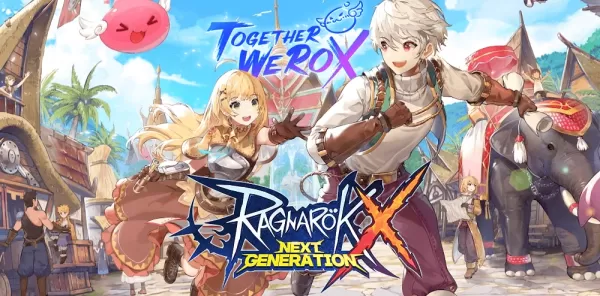
- Ragnarok X: Next Gen Ultimate Job Guide
- Nov 07,2025
-
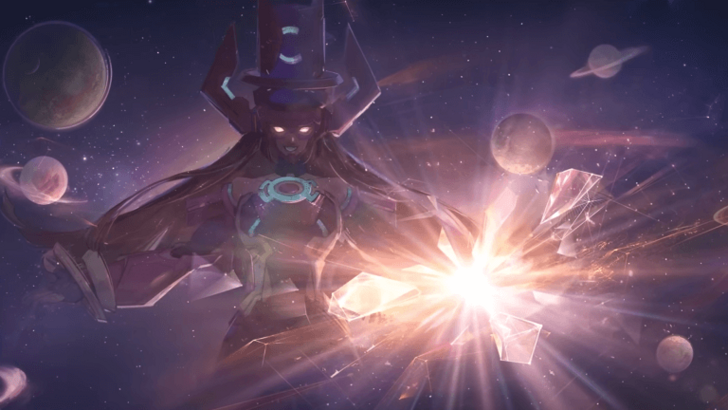
- Marvel Rivals: New Game Updates
- Nov 07,2025
-

-


